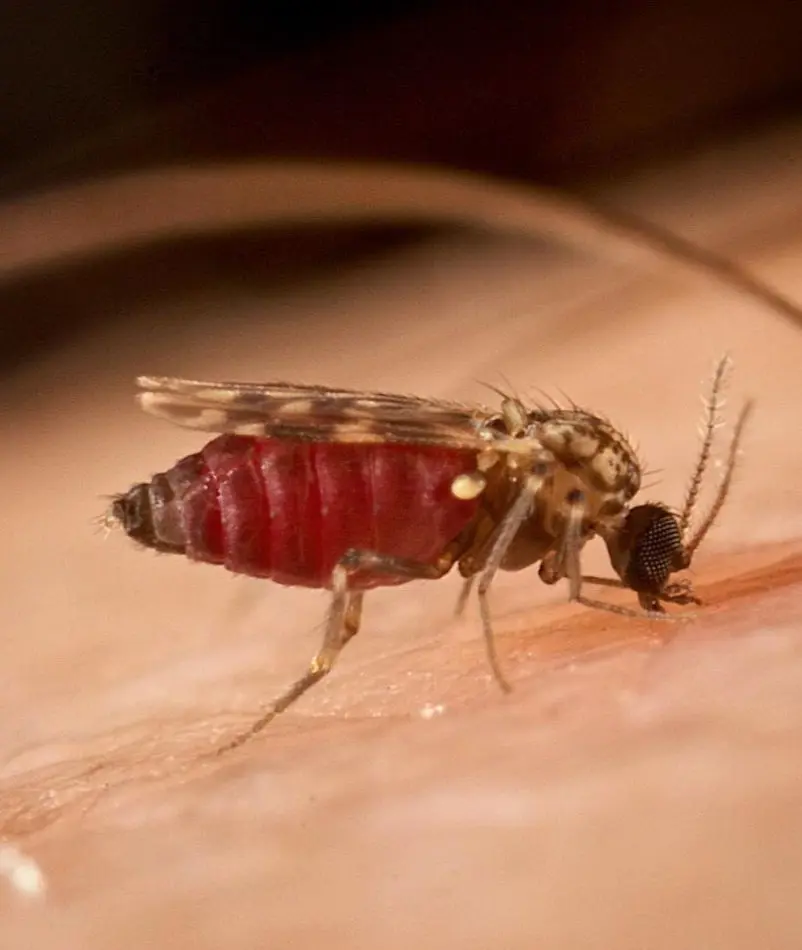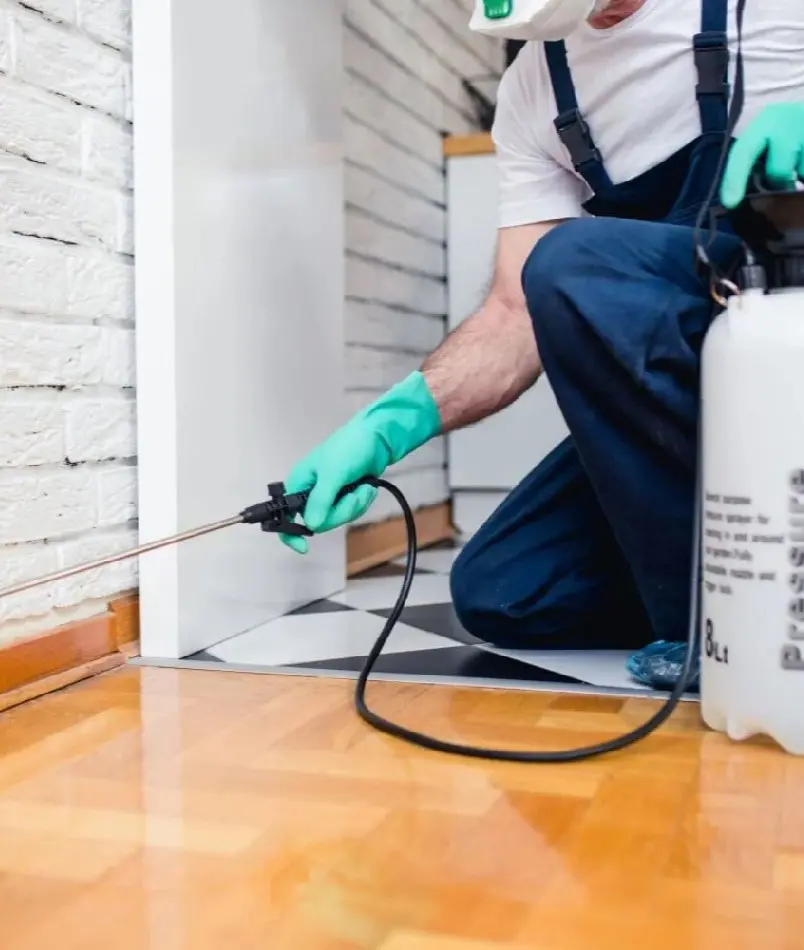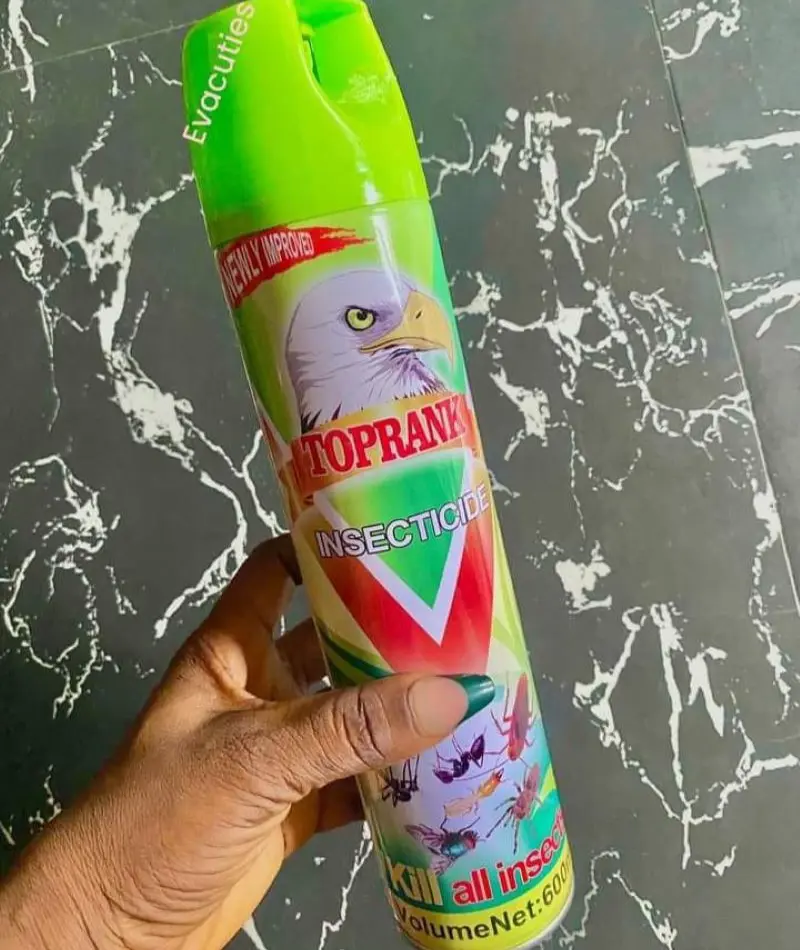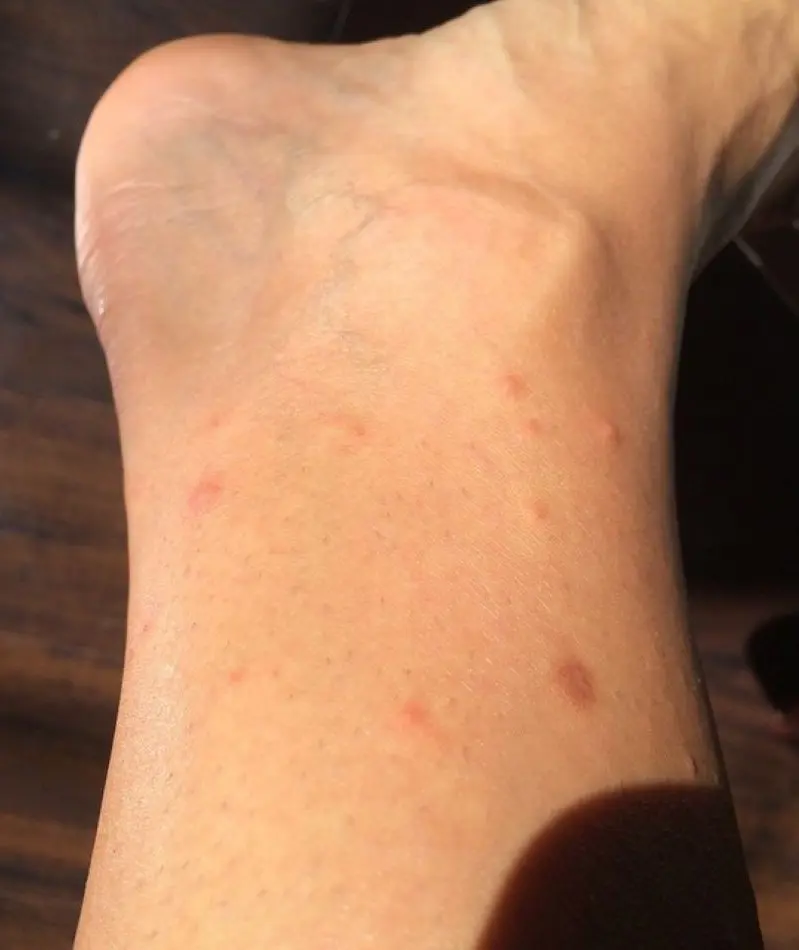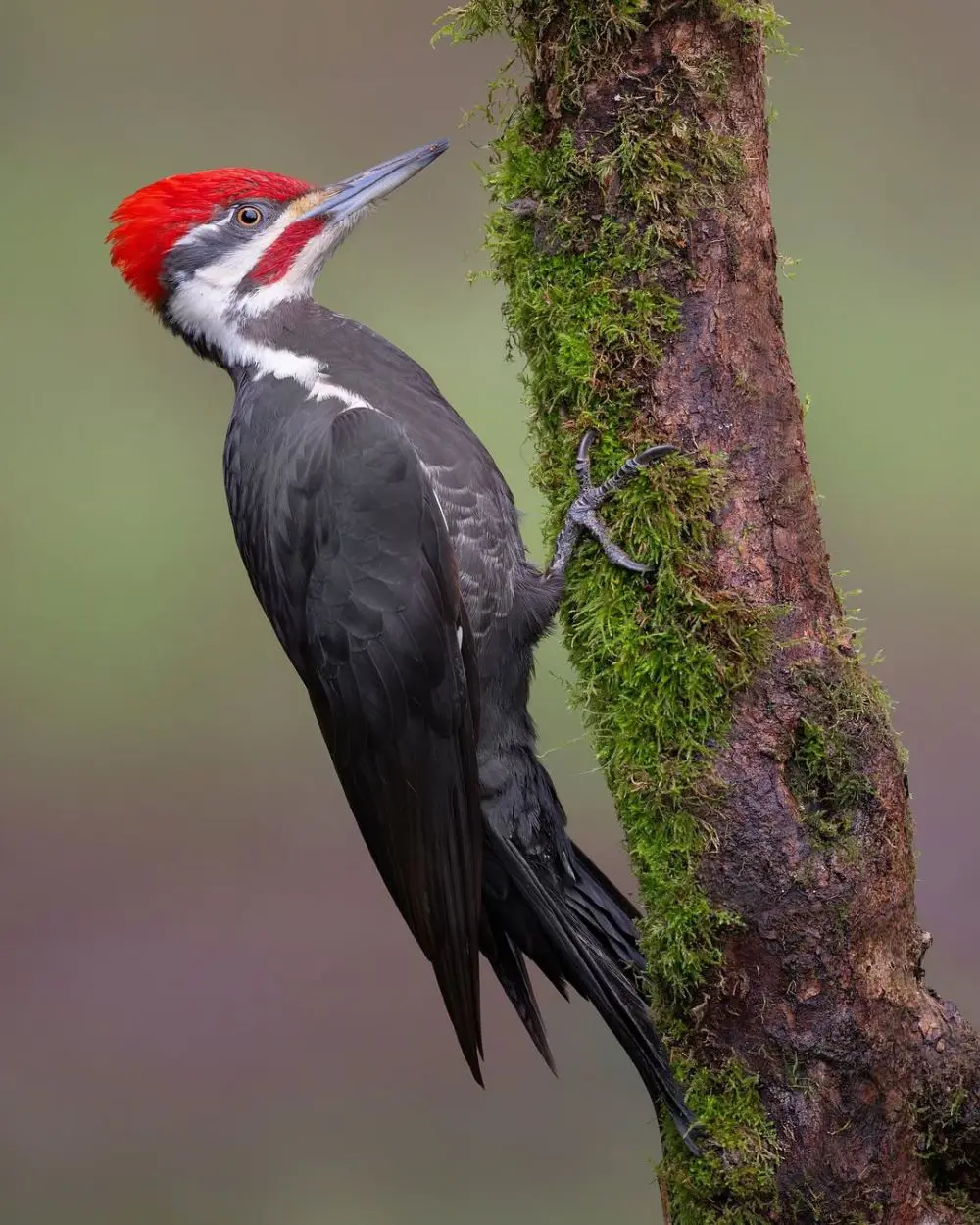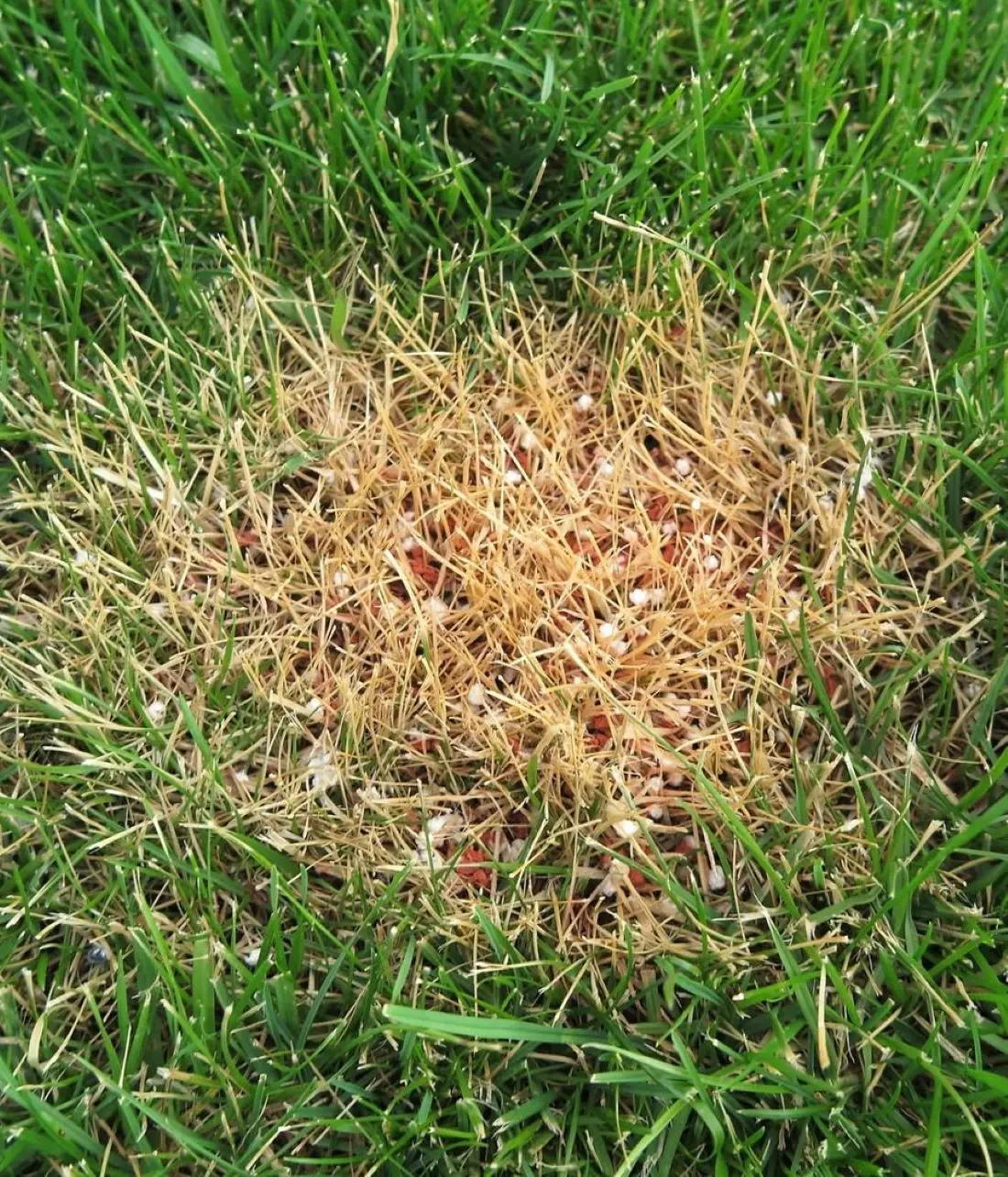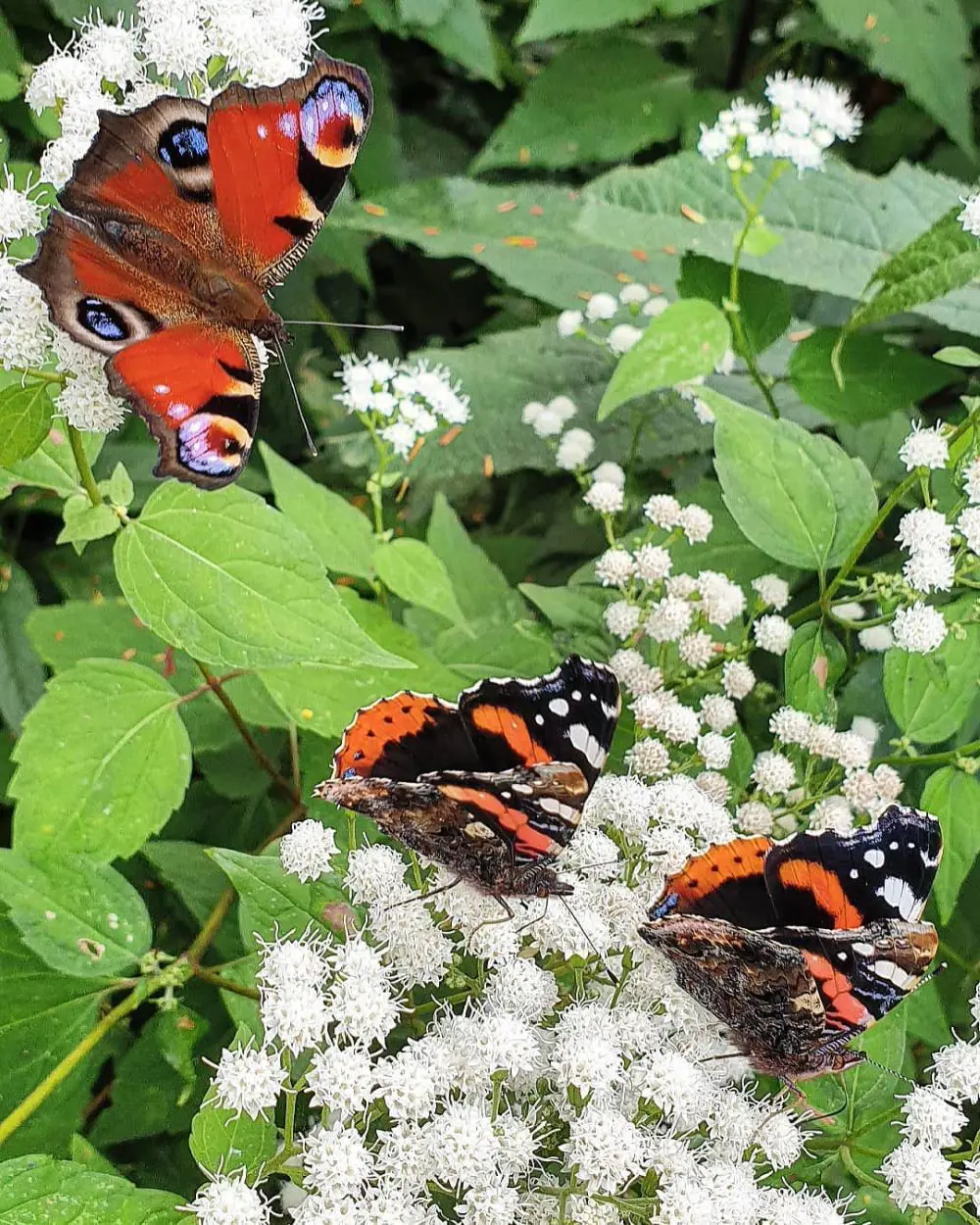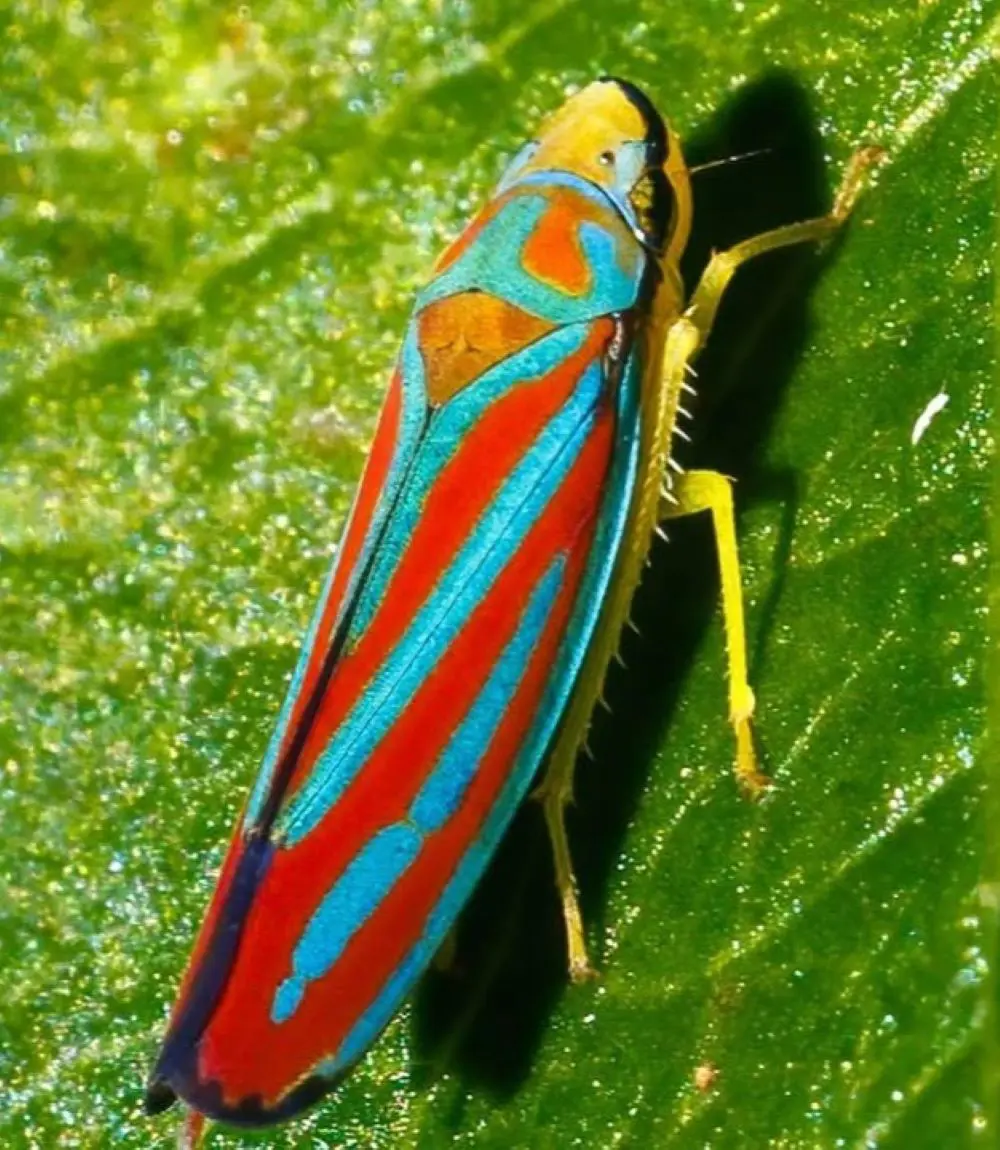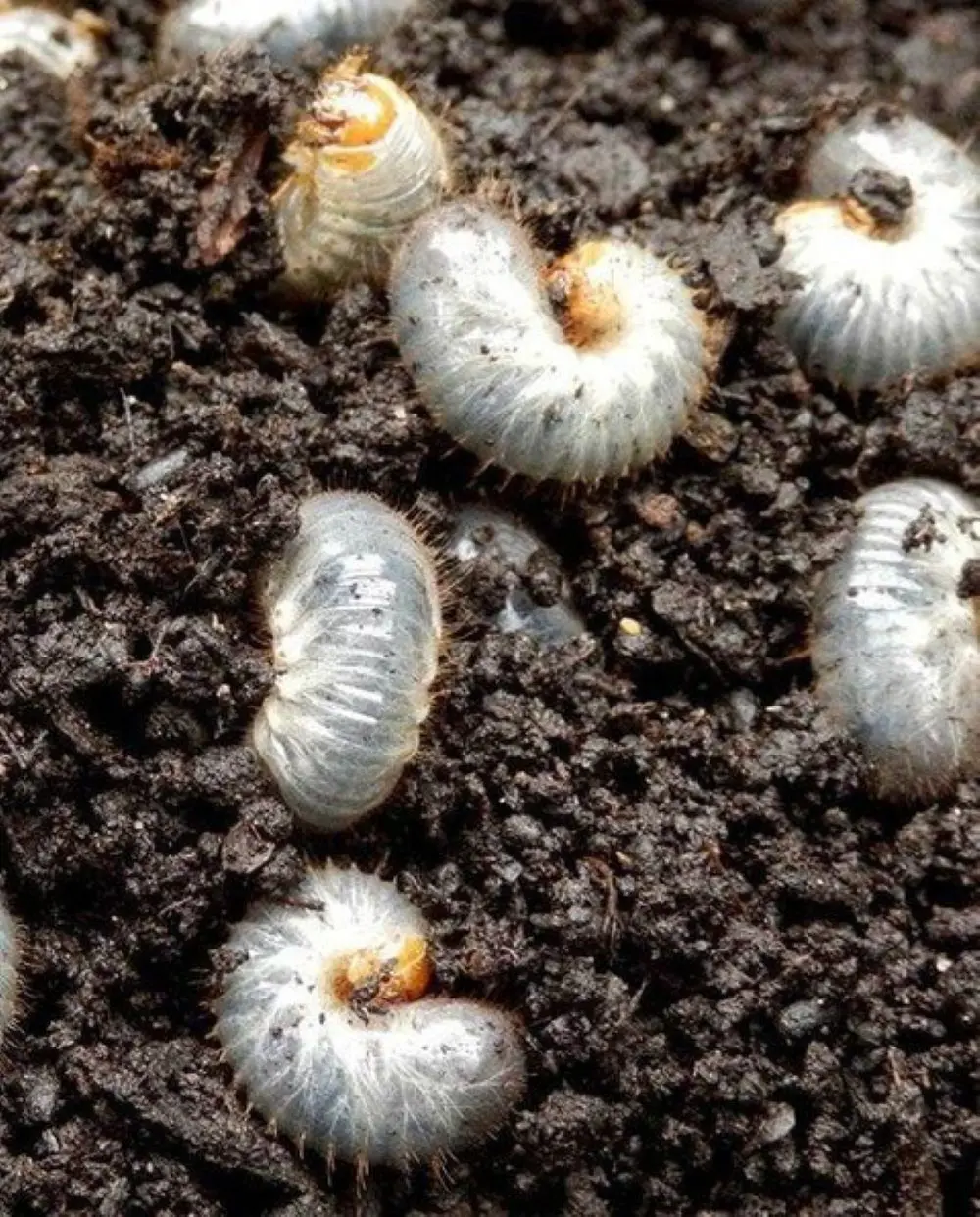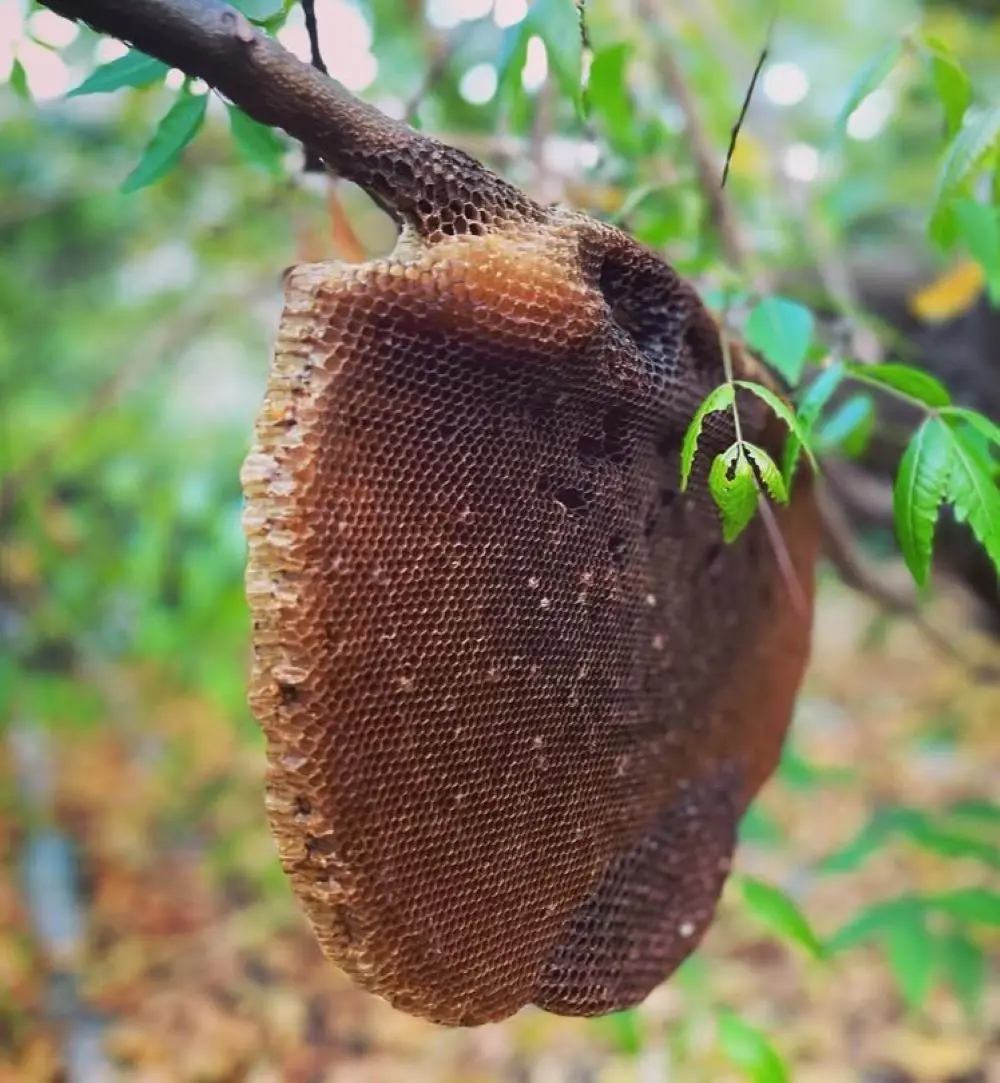How to Get Rid of No See Um Naturally
Here is a list of how to get rid of no see um naturally:
1. Essential Oil
Essential oils like lavender, eucalyptus, and citronella can help repel these pesky insects. These oils are known for their potent scents, which these tiny insects find unpleasant. To use them, you can create a simple spray by mixing a few drops of your chosen essential oil with water in a spray bottle.
Shake well, then spray the mixture on your skin, clothing, or around areas where no-see-ums are a problem, such as outdoor seating areas or doorways. This spray creates a protective barrier, allowing you to enjoy your time outdoors without being bitten.
2. Fans
No-see-ums are weak fliers, meaning they struggle to fly against even a light breeze. This makes it difficult for them to reach their target or stay in one place. So, placing fans around outdoor seating areas can help keep them away.
The airflow from a fan makes it difficult for these insects to navigate and land on you. You can create a barrier by setting up fans around outdoor seating areas and patios to protect yourself from the pesky insects. This simple solution also adds a cooling breeze for a comfortable experience.
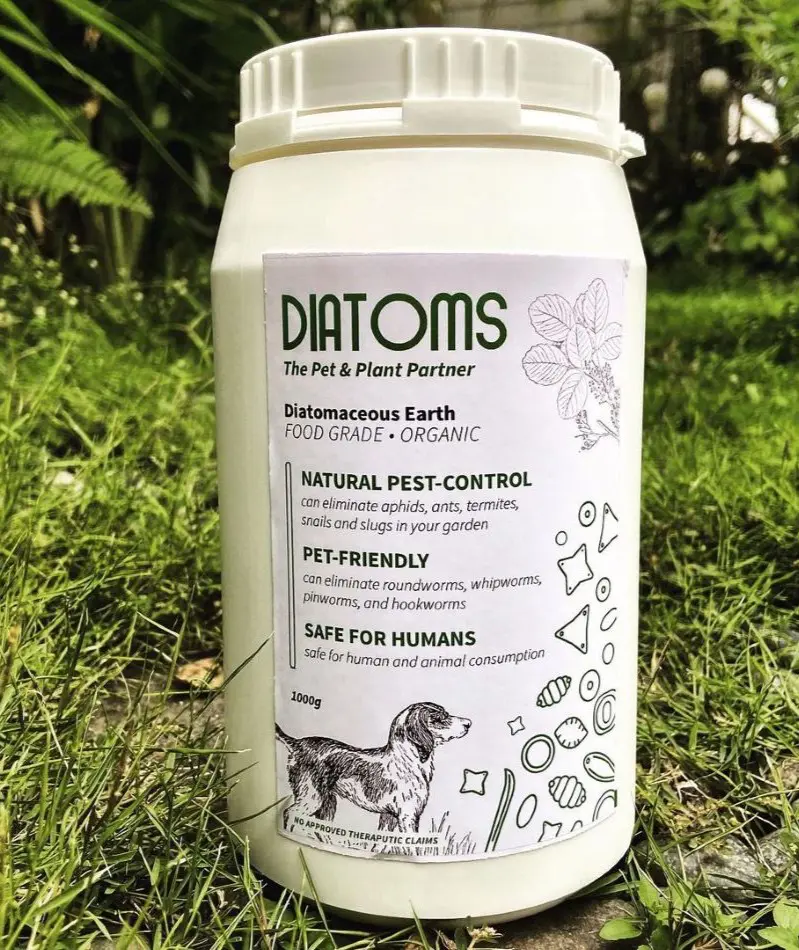
3. Diatomaceous Earth
Diatomaceous Earth (DE) is a fine, powdery substance that feels soft to humans but is lethal to insects like no-see-ums. When insects come into contact with diatomaceous earth, the sharp edges of the diatoms pierce the insects' outer layer, causing them to lose moisture and die.
To use DE for no-see-ums, sprinkle it around areas where they gather, such as windowsills, doorways, or outdoor seating areas. It is safe for humans and pets, making it a great natural alternative to chemical pesticides. Just ensure that you use food-grade DE.
4. Apple Cider Vinegar
Creating a trap using apple cider vinegar can reduce the population of no-see-ums naturally. No-see-ums are attracted to the scent of apple cider vinegar, so this method exploits their natural tendencies. To make the trap, fill a shallow bowl with apple cider vinegar.
Cover the bowl tightly with plastic wrap, then poke small holes in the wrap with a toothpick or fork. The holes should be large enough for the no-see-ums to enter but small enough that they cannot easily escape. The vinegar draws them in, and once inside, they cannot escape and eventually drown.
5. Plants
Planting certain plants like lavender, marigolds, or basil can repel no-see-ums due to their strong scents. Lavender emits a smell that many insects, including no-see-ums, find unpleasant. Marigolds contain a compound called pyrethrum, commonly used in natural insect repellents.
Basil, especially lemon basil, has a citrusy scent that can deter pests. By planting these around your home or in your garden, you create a natural barrier that makes the area less attractive to no-see-ums, helping to keep them away.
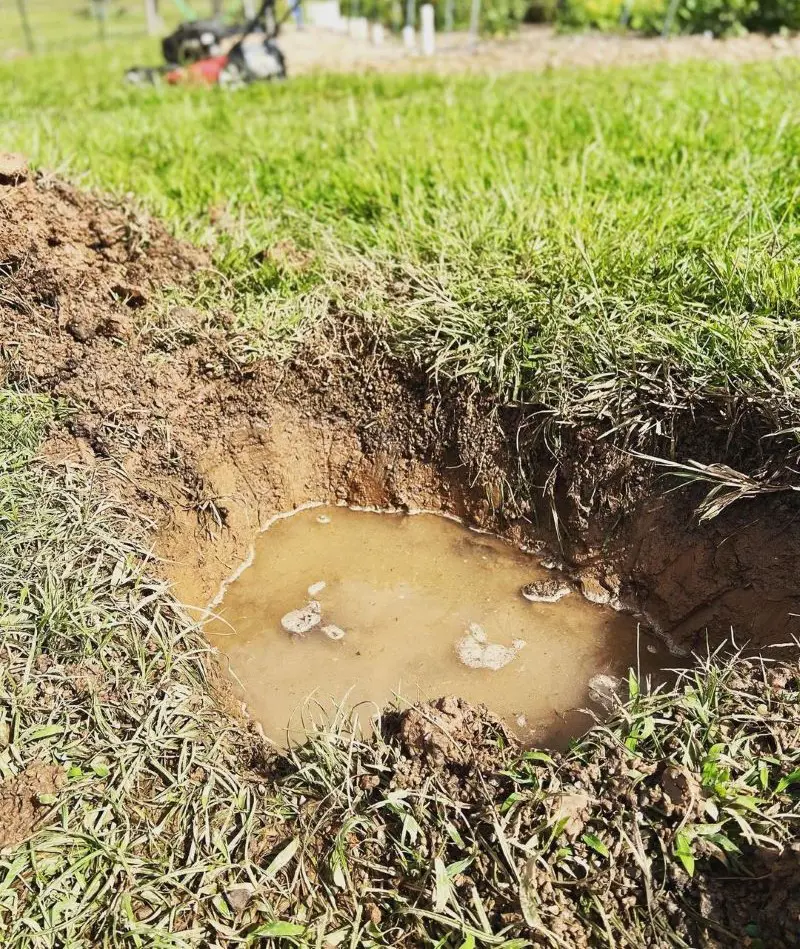
6. Proper Drainage
Proper drainage is essential in controlling no-see-ums because these insects thrive in moist environments, particularly around standing water. No-see-ums lay their eggs in damp soil, puddles, or stagnant water sources. By eliminating standing water, you reduce potential breeding grounds.
This includes regularly emptying bird baths, cleaning gutters, fixing leaky hoses or pipes, and ensuring your lawn has good drainage. Even small amounts of water, like in plant saucers, can become breeding spots, so keep your surroundings as dry as possible.
7. Screen Windows and Doors
Screening windows and doors helps keep no-see-ums away by creating a barrier these tiny insects cannot easily penetrate. No-see-ums are 1/16 to 1/8 inch long, so standard screens with fine mesh are effective in blocking them out.
When screens are properly installed and fit snugly, they prevent no-see-ums from entering your home while allowing fresh air to circulate. It is important to ensure that screens are in good condition with no holes or tears, as even small gaps can allow these tiny pests to slip through.
8. Keep Doors Closed
No see um bites can stay on the skin for two weeks, so protect yourself from these pesky insects by preventing them from entering your home. One way to do that is to keep your doors closed once you enter or leave your home.
These insects can enter through gaps or open doors. This method is especially useful during peak activity times, such as early morning or dusk, when no-see-ums are most active. Installing screens on doors that need to be open for ventilation can further enhance protection.
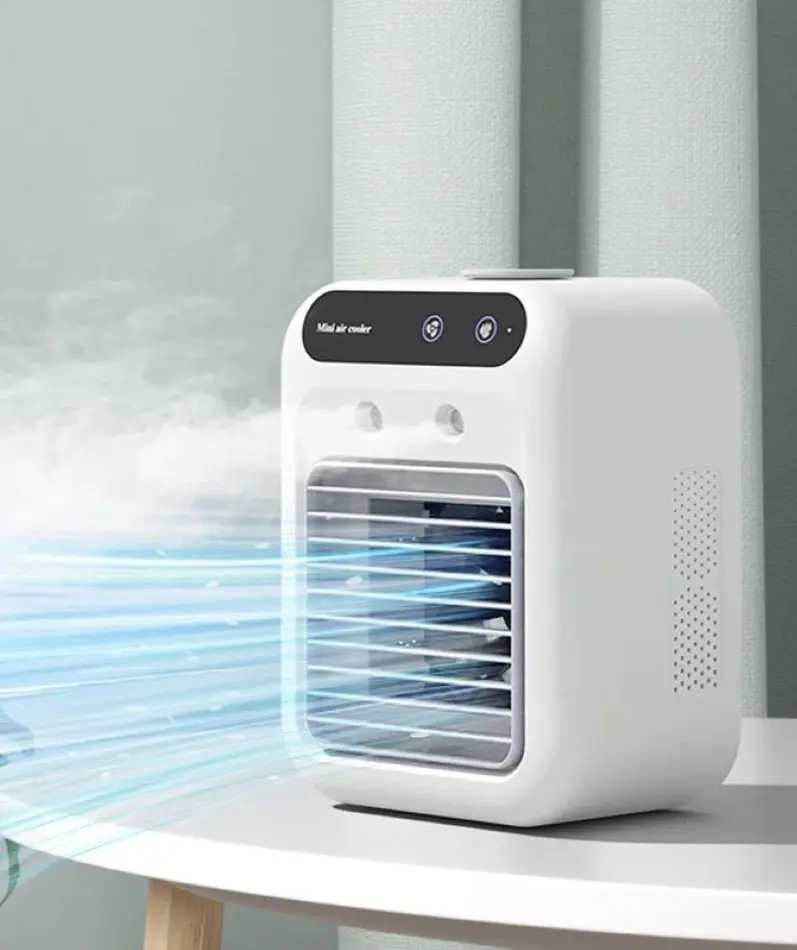
9. Keep Your House Cool
No see ums bugs are drawn to warmth and moisture and thrive in warmer temperatures. By maintaining a cooler temperature inside, preferably using an AC, you can make your home less hospitable to them.
Additionally, cooler indoor conditions often mean lower humidity levels, which can further deter these pests since they prefer moist environments for breeding. While this strategy can help reduce their presence, it is most effective when combined with other pest control methods like screens and proper drainage.
10. CO2 Traps
CO2 traps can be used to reduce the see um population. When CO2 is released from these traps, the insects are drawn toward the trap only to realize they are trapped and cannot escape. To make a CO2 trap, cut a plastic bottle in half sideways.
Fill the bottom half with a sugar yeast mixture. The yeast will ferment and release CO2. Put the top half of the bottle upside down on the bottom half, like a funnel, and tape them. Cover the top with a cloth so the CO2 can escape, but bugs cannot enter.
11. Dehumidify
Dehumidifying can help repel no-see-ums because these pests thrive in moist environments. Lower humidity makes your home less attractive to them and limits their breeding opportunities.
To reduce humidity, place a dehumidifier in humid areas, such as basements or bathrooms, and set it to maintain a humidity level below 50% for optimal results. You can also use exhaust fans in areas like the kitchen and bathroom to reduce moisture and improve air circulation. Additionally, use moisture-absorbing products to help keep the air dry.
12. Clean Garden
Cleaning your garden helps repel no-see-ums by eliminating their breeding sites and reducing the overall habitat attractiveness. These insects thrive and reproduce in damp, overgrown areas such as leaf litter, tall grass, and stagnant water.
You can reduce their population by removing fallen leaves, trimming overgrown plants, and clearing standing water. Additionally, a well-maintained garden ensures good air circulation and dries moisture that might attract no-see-ums. Regular garden upkeep disrupts their life cycle.
